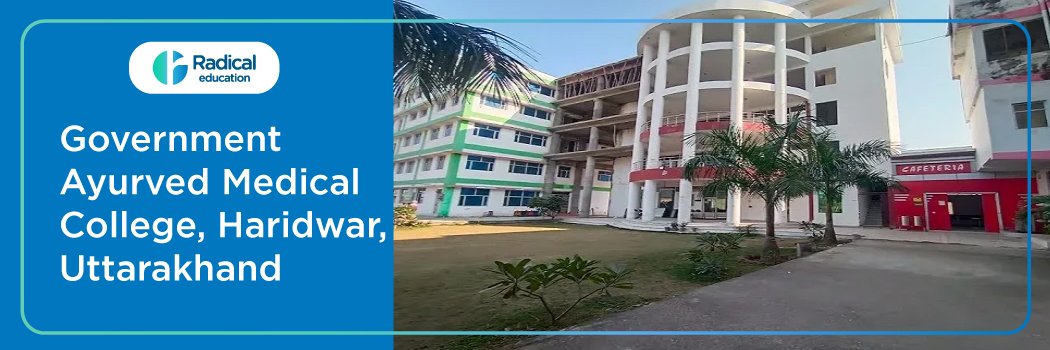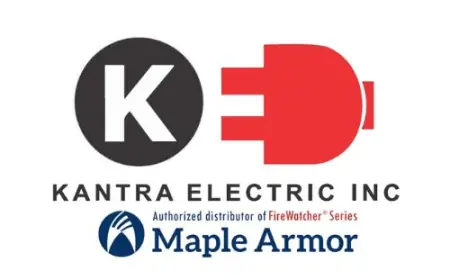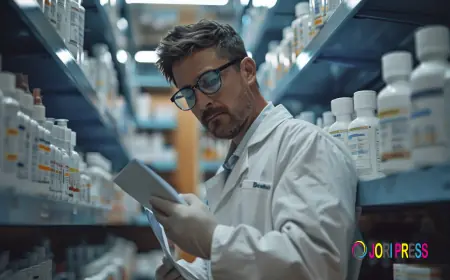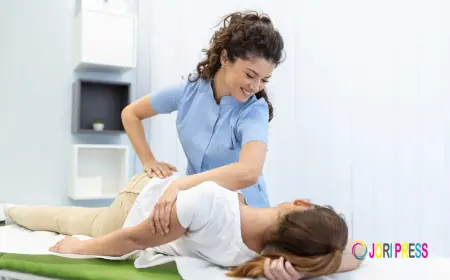When Is It Safe to Switch to TPN at Home?
Total Parenteral Nutrition (TPN) is a medical therapy used when a person cannot meet nutritional needs through eating or digestion.

Total Parenteral Nutrition (TPN) is a medical therapy used when a person cannot meet nutritional needs through eating or digestion. Though often initiated in a hospital setting, many individuals continue TPN at Home Dubai when long-term support is required. However, transitioning to TPN at home is not an immediate decision. It requires careful planning, education, and clinical stability to ensure safety.
What Conditions Must Be Stable Before Transitioning?
Before switching to TPN at home, a patient’s condition must be medically stable. This means their vital signs are consistent, lab values are within acceptable ranges, and no major health changes are expected in the short term. The central line (used for TPN infusions) must be functioning well, with no signs of infection or complications. Stability also includes being free from acute illness that could interfere with proper nutrition delivery.
Who Decides the Right Time to Transition?
The decision to transition is made collaboratively by a medical team and the individual or their caregiver. It depends on consistent progress during hospital-based TPN and the ability to manage care independently or with support. Each case is unique, and readiness is evaluated based on clinical stability, ability to maintain hygiene, and understanding of how to administer TPN safely at home.
When Can Patients Begin TPN Independently?
Individuals are ready to start TPN at home once they demonstrate they can safely handle every part of the process. This includes preparing the infusion setup, managing the central line, and maintaining daily logs of symptoms, intake, and outputs. Training is often provided over several days to ensure confidence and competence. Only once these skills are mastered can TPN at home begin without direct supervision.
What Education Is Needed Before the Switch?
Education is essential to ensure safety and long-term success. Patients or caregivers must understand sterile procedures, infusion timing, and what to look for in case of complications. This includes being aware of changes in weight, energy levels, or fluid retention. They are also taught how to troubleshoot common problems and when to report concerns for timely support.
Where Should TPN Be Set Up at Home?
The home environment must be clean, quiet, and organized enough to safely perform TPN tasks. A designated space for storage, preparation, and infusion is recommended. This space should have limited foot traffic to minimize contamination risks. Cleanliness and organization contribute to the long-term success of the treatment and help reduce preventable complications.
Why Is a Trial Period Sometimes Used?
Some individuals benefit from a short trial period where TPN is administered under supervision while still in a medical setting. This trial allows the care team to evaluate how well the patient or caregiver handles the equipment, responds to the infusion, and manages basic troubleshooting. This practice period reduces risks during the actual transition and builds patient confidence.
When Are Supplies and Support Systems Ready?
TPN at home requires more than training—it also needs reliable supplies and support systems in place. Before transitioning, patients must have access to infusion pumps, sterile dressings, flushing solutions, and enough nutrition bags. They also need access to guidance in case questions arise. Once all elements are available and organized, the switch can occur with peace of mind.
Who Can Manage TPN Alone, and Who Needs Help?
Some individuals are able to manage the process on their own, while others may need assistance. This depends on factors like age, physical ability, and comfort with medical equipment. Those who live with family members or trained caregivers often share responsibilities. Whether managing independently or with help, the key factor is consistent and safe handling of the daily routine.
What Should Be Monitored After the Transition?
After the transition, monitoring is essential to maintain stability. This includes regular lab testing, weight tracking, and assessment of hydration and energy levels. Any changes in these areas may require adjustments to the TPN formula. Ongoing communication with the support team is necessary to ensure the treatment continues to meet the patient’s evolving needs.
Where Does Remote Oversight Fit In?
Remote oversight through virtual check-ins, electronic logs, or scheduled lab tests provides a safety net after the transition. This remote support allows for continuous evaluation without needing in-person visits unless an issue arises. It also reassures patients that help is available even after they’ve left the hospital setting.
When Is the Right Time for Children or Elderly Patients?
The right time to switch children or elderly individuals to TPN at home depends on the same principles of readiness, training, and support. Special attention may be given to physical abilities and understanding of the process. In these cases, caregiver involvement is often more extensive. However, with proper preparation, patients of all ages can safely transition to home care.
Why Is Emotional Readiness Also Important?
Emotional readiness is just as vital as physical and clinical readiness. Switching to home-based TPN brings lifestyle changes that may be emotionally challenging. Having a routine, support from loved ones, and realistic expectations about daily care can ease the process. Confidence in self-care skills improves overall well-being and supports long-term success.
Who Benefits Most from Timely Transitions?
Those who are motivated, well-supported, and medically stable benefit most from timely transitions to TPN at home. A well-timed switch reduces hospital stays, improves quality of life, and allows for more personal comfort. For patients who meet all safety criteria, home-based care provides flexibility and independence.
When Does TPN at Home in Dubai Offer Solutions?
For individuals requiring long-term nutrition support outside of a hospital setting, TPN at Home in Dubai offers a reliable path forward. With access to structured education and oversight, patients can safely continue their care in a home environment that supports both physical and emotional health.
Final Thoughts
Switching to TPN at Home in Dubai is a major step that requires thorough evaluation, preparation, and ongoing support. It is safe when the patient is stable, trained, supported by a reliable care system, and emotionally ready to manage their treatment. With the right foundation, home-based TPN becomes not just possible—but empowering, offering patients the opportunity to regain control over their daily lives while maintaining essential medical support.
What's Your Reaction?
 Like
0
Like
0
 Dislike
0
Dislike
0
 Love
0
Love
0
 Funny
0
Funny
0
 Angry
0
Angry
0
 Sad
0
Sad
0
 Wow
0
Wow
0




















































